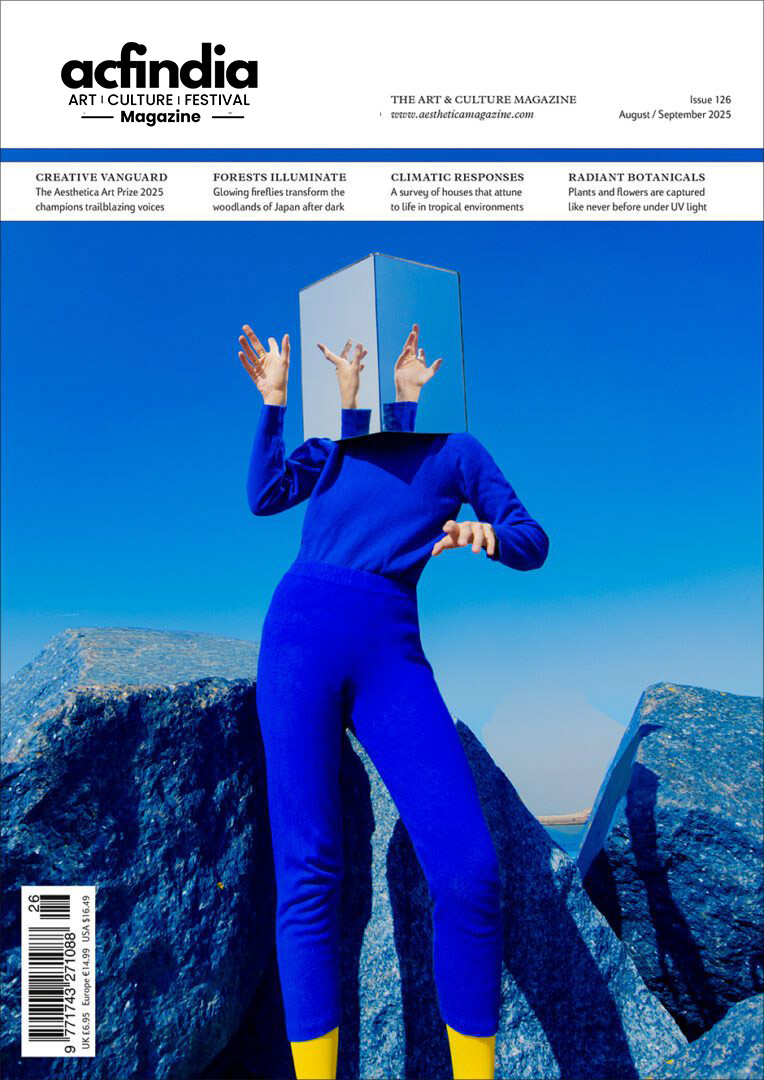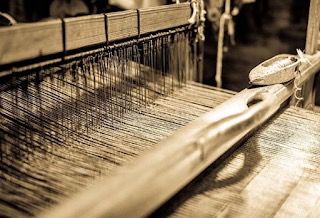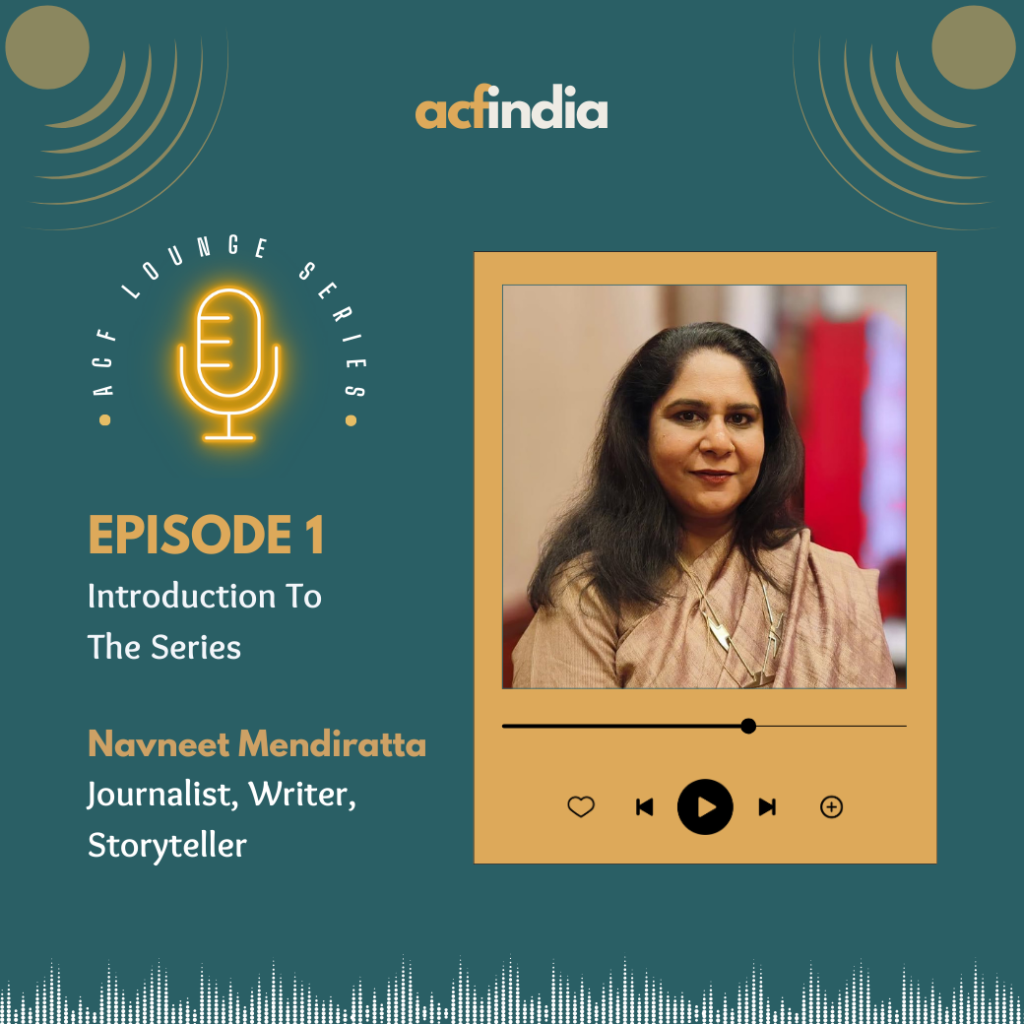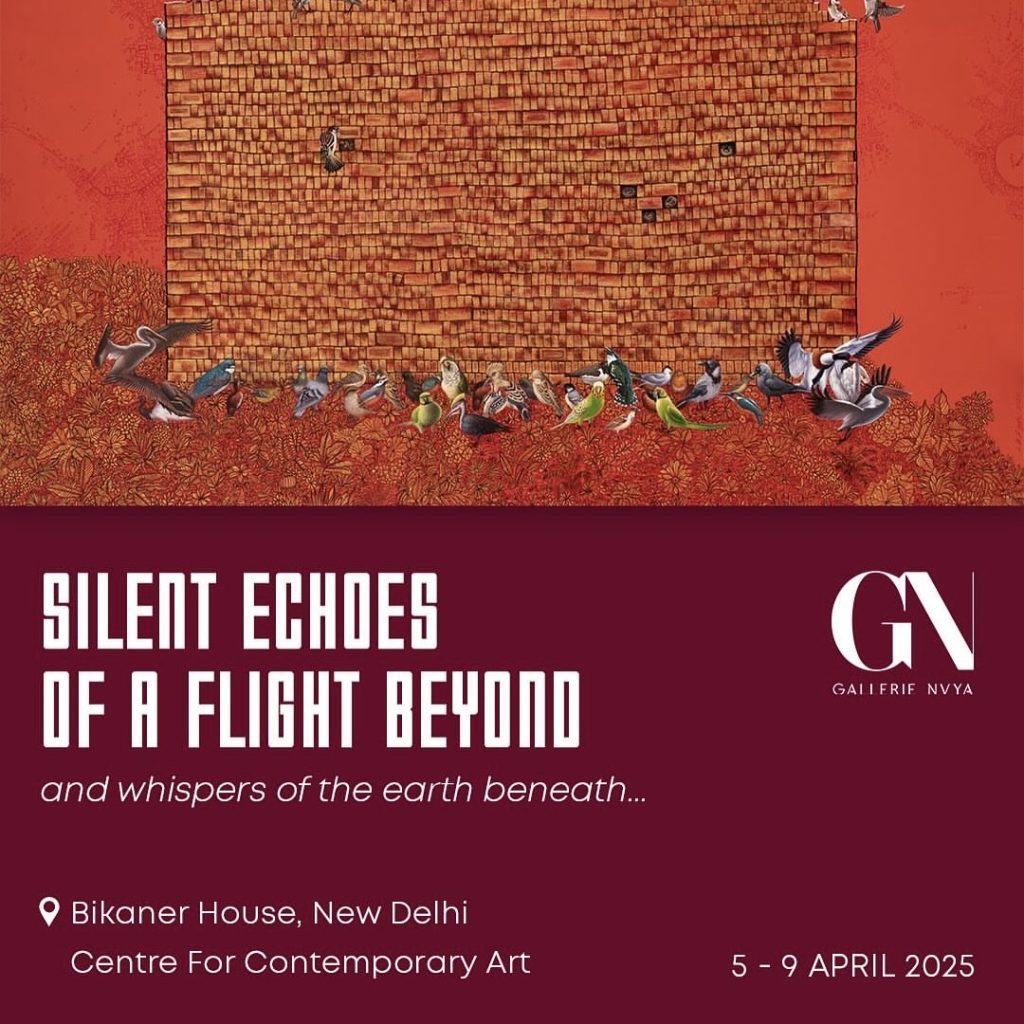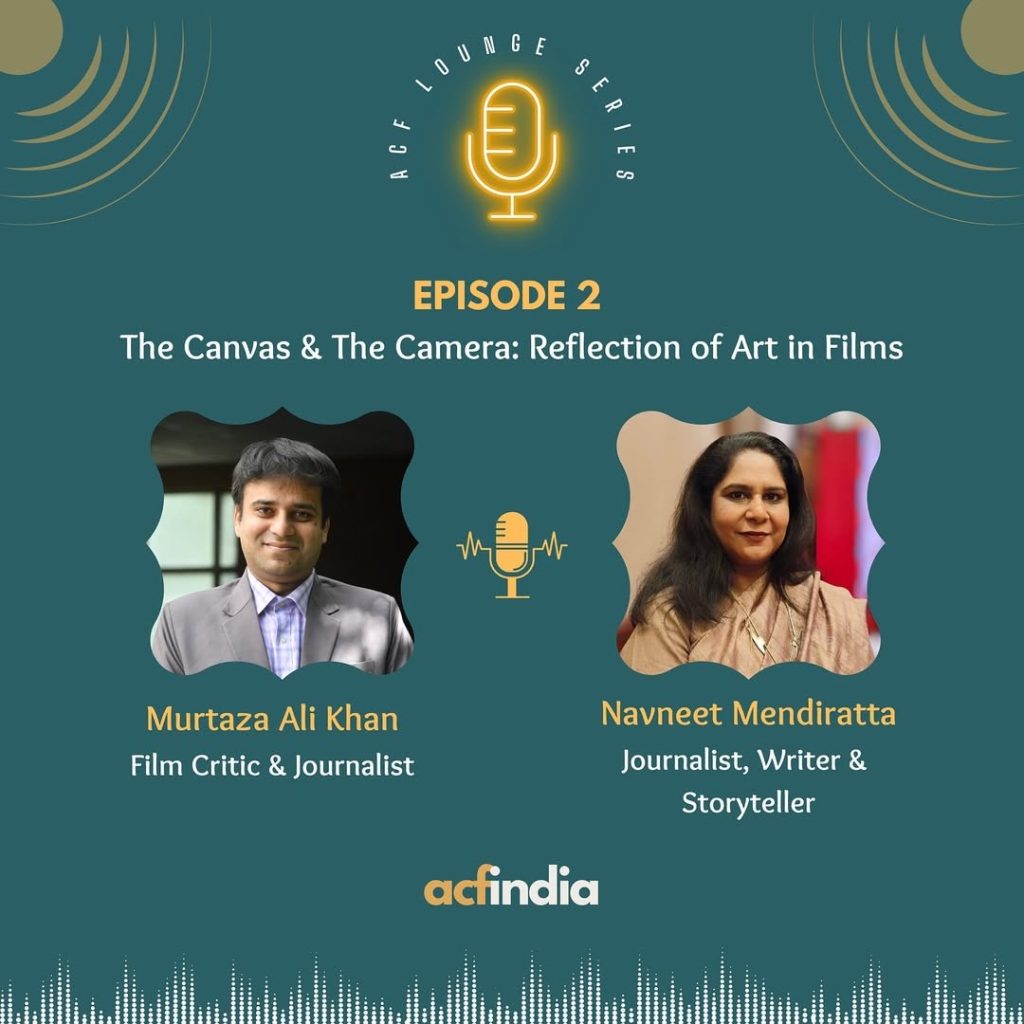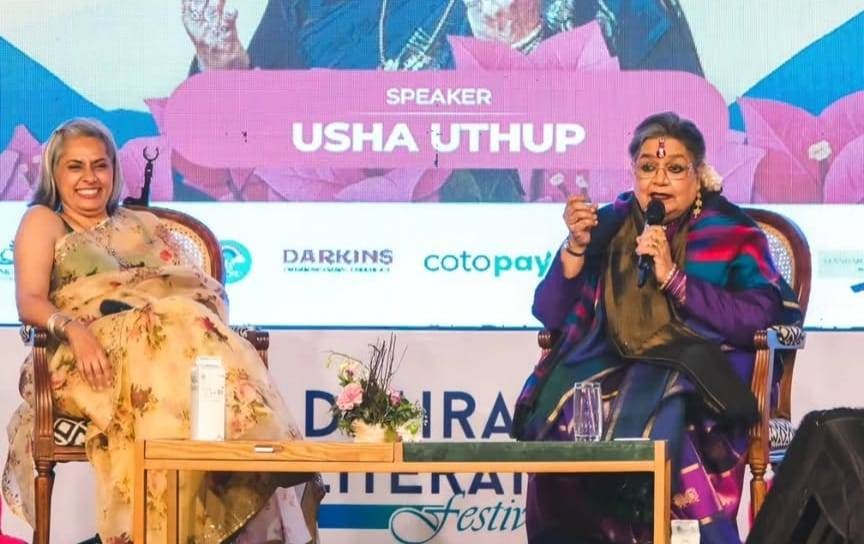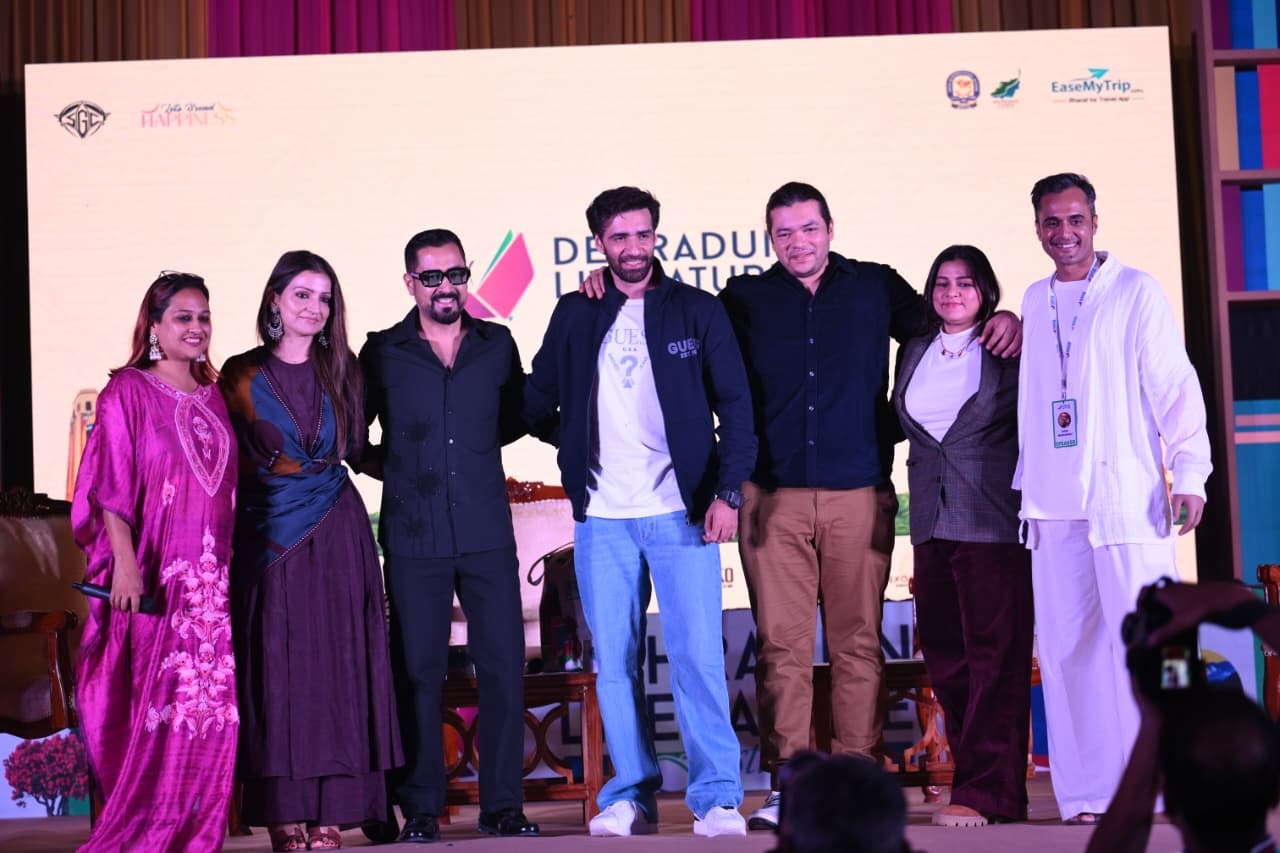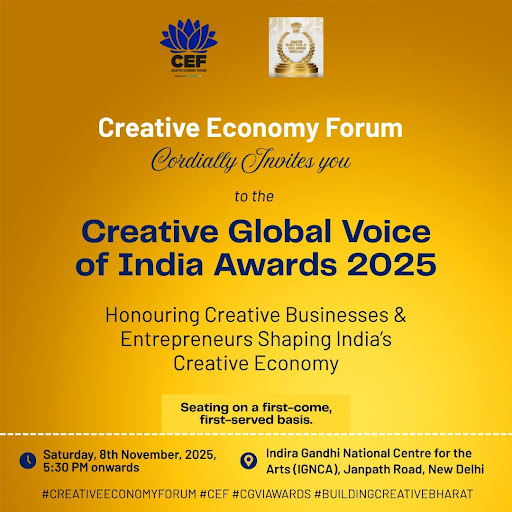By- Chahat Sharma
A Legacy of Resistance Turned Art
Cloth has always been more than fabric, it is a statement, a declaration, a living piece of history. When Gandhi ji championed the spinning wheel and khadi, it was not just about wearing homemade clothes, it was resistance in the form of cloth. Every thread spun was a stand against colonial economic chains. Today, that legacy endures in every handloom, every weaver, and every pattern rooted in indigenous styles that represent self-reliance.
Gandhi ji spinning khadi on his charkha in Sabarmati Ashram, © Public Domain
Patterns That Speak: Ikat, Jamdani, Ajrakh
Ikat (Telangana’s Pochampally): Weavers dye threads in intricate tie-and-dye sequences before weaving, producing geometric rhythms that feel both ancient and contemporary.
Jamdani (Bengal): An ultra-fine muslin canvas adorned with freehand motifs, woven delicately and lovingly, like drawing with threads.
Ajrakh (Kutch, Rajasthan): Double-sided block-printed cloth using natural dyes and resist techniques. Each piece feels like a conversation between color and craft, steeped in centuries of tradition.
These textiles are beautiful, they are ecological, local, and rooted in place, dyed with indigo, madder, and mud resists. They connect the hand of the maker with the wearer, creating a live dialogue between craft, culture, and conscience.
A skilled weaver at work, © Bindugopalrao.com photo archive
Handloom Today: Hope in Heritage
According to the 4th All India Handloom Census (2019–20), around 35 lakh weavers across 35 lakh households continue to keep India’s handloom heart beating, and many of them are women. Women who are crafting futures for themselves, their families, and their communities.
Close-up of a geometric Pochampally ikat motif, © MapAcademy
This Independence Day, the weavers are more than heritage bearers, they are participants in the renewal of handloom traditions, thanks to initiatives like “Weave the Future 2.0: The Regenerative Edition”. Organized by the Development Commissioner for Handlooms under the Ministry of Textiles at the Crafts Museum, New Delhi, this exhibition (7–17 August 2025) presents 30 brands, artisans, designers, and sustainability advocates coming together to build a circular, eco-conscious textile future. Indigenous cotton varieties like Kala, Punasa, Konda Patti, and Gavran Kapus varieties is in the spotlight. The show fosters a space where tradition meets innovation, weaving together designs, dialogue, and environmental ethics.
Weave the Future 2.0: The Regenerative Edition at the Crafts Museum, © India Art Fair programme page
The FDCI × India Art Fair Exhibit
FDCI curated exhibit “Reimagining a Way Back to Us” at the Crafts Museum, © The Nod Magazine
“Reimagining a Way Back to Us: Contemporary Indigenous Fashion and Textiles in India” – curated by Sreyansi Singh. This exhibit runs at the National Crafts Museum & Hastkala Academy during National Handloom Day and beyond.
Singh, a new age curator with a background in journalism and research (including The New York Times and Harvard), brings a compelling personal vision: clothing is not just material, it is a language. She says, ‘These communities are not ‘other’. They are us.’
What to Expect from the Exhibit:
- Eight emerging designers fusing indigenous craft with contemporary sensibility, including:
> 2112 Saldon (Ladakh-inspired Nambu wool),
> Boito (crafting with resourceful artisans in conflict zones),
> Kiniho (working with Khasi women using organic dyes like lac, turmeric, annatto, iron ore, and seasonal leaves).
Every practice is a hand‑made story, grounded in tradition but rewritten for today. No colonial gaze in this exhibition. This exhibition pushes us to appreciate textiles as biography, identity, and resilience and invites us to reconsider what it means to ‘wear our history’.
Threading It All Together
On this Independence Day, consider this: when you wear a handloom sari, scarf, or fabric, you are layering yourself in centuries of creativity, survival, and self-sufficiency. Visit the exhibition and show your support for India’s handloom traditions. Celebrate the personal, political, ecological, and poetic woven into every strand of Indian cloth.
Textile artwork presented at the FDCI x IAF exhibit, © The Nod Magazine
Bibliography
- Ministry of Textiles / DC Handlooms. Weave the Future 2.0: The Regenerative Edition, Crafts Museum, New Delhi, 7–17 Aug 2025.
- The Nod Magazine: “This Gen Z fashion curator wants you to get over your colonial hangover,” by Drishti Vij on Sreyansi Singh and the FDCI exhibit, Aug 6, 2025.
- India Art Fair & FDCI social posts about the exhibit and curator.
- Press Information Bureau: “11th National Handloom Day 2025 celebrations, Handloom Hackathon, Know Your Weaves campaign.”

